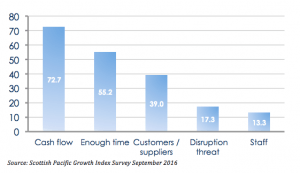
What is a downsizer contribution?
Downsizer contributions were introduced as an easier means for those selling their home to deposit up to $300,000 into their super fund from the sale. These are available for those who are 65 years old or older and meet the eligibility requirements. Until the total balance is re-calculated, the contribution doesn’t affect total super balance.
How do I make a downsizer contribution?
There are 7 eligibility requirements you must satisfy, if you meet the 65+ age requirement:
- The contribution must be from the proceeds of selling your home, where contract of sale was exchanged on or after July 1 2018.
- The home was owned by you or your spouse for 10 years or more prior to the sale.
- Your home is in Australia and is not a caravan, houseboat or other mobile home.
- Proceeds from the sale of the home are either exempt or partially exempt from CGT under the main residence exemption or would be entitled to this exception if the home was a CGT rather than a pre-CGT asset.
- You have completed the downsizer contribution into super form before or at the time of making downsizer contribution.
- The downsizing contribution is within 90 days of receiving the proceeds of the sale.
- You haven’t previously made a downsizer contribution for another home.
What are the benefits of making these contributions?
There are two main benefits from making these contributions – the amount doesn’t count towards contribution caps or total superannuation balance for the financial year. The contribution also doesn’t have the standard ‘work test’ for voluntary contributions attached to it, which applies to Aussies aged 65-74. Members should be aware that downsizer contributions are not deductible.
However, members who are receiving/hoping to receive the Centrelink aged pension should be vigilant for the impact this has on eligibility. Assets within a super fund contribute towards the asset test which determines eligibility to receive a pension, once at pension age.
If you are an SMSF with members starting to ask about downsizer contributions and don’t feel prepared, give us a call! We are experts in SMSF and small business; we can help you meet your customer needs without sacrificing your own.

 Amazon has been operating on Australian shores for some time now, but the ‘Amazon Effect’ has yet to hit. Amazon’s launch has signaled a culture shift for shoppers, with eCommerce sales set to almost double in the next five years. With this in mind, how can you ensure your small business doesn’t get left behind?
Amazon has been operating on Australian shores for some time now, but the ‘Amazon Effect’ has yet to hit. Amazon’s launch has signaled a culture shift for shoppers, with eCommerce sales set to almost double in the next five years. With this in mind, how can you ensure your small business doesn’t get left behind?








